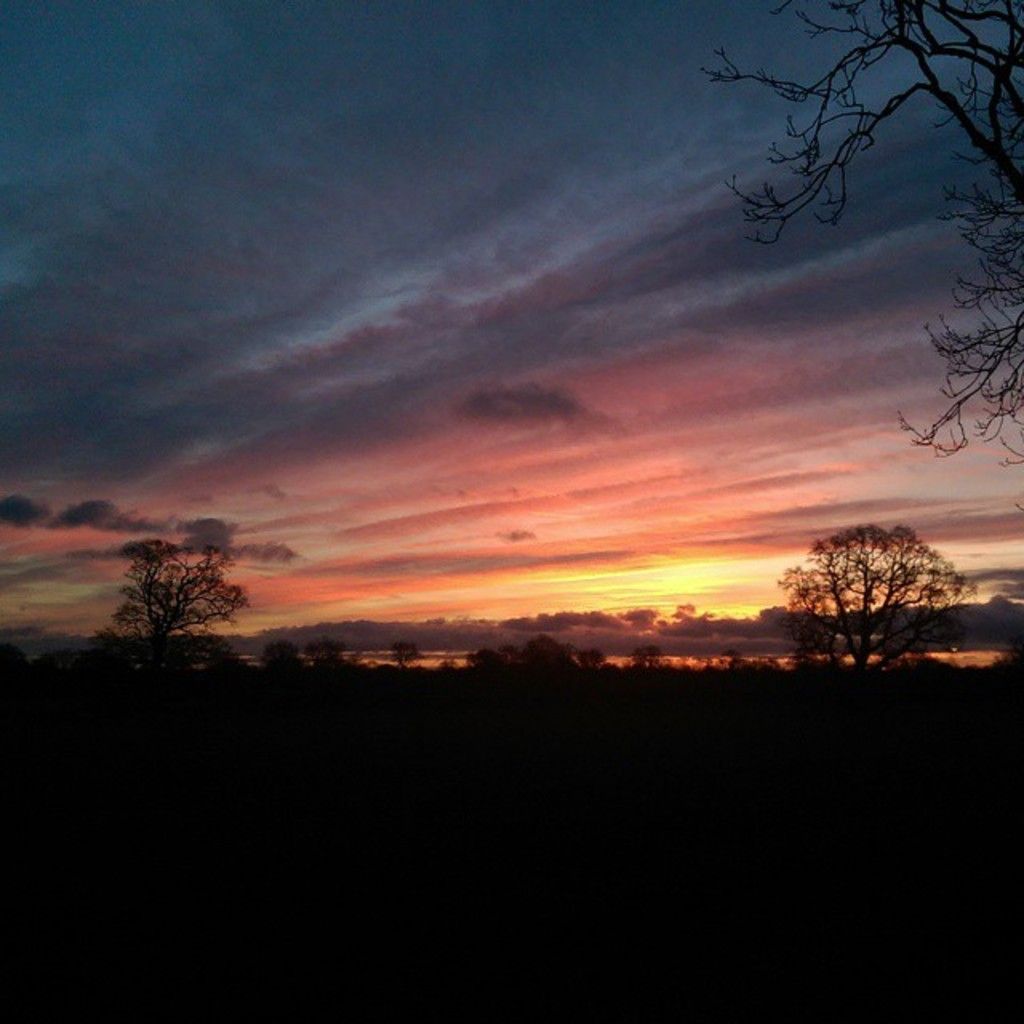Transforming Your Backyard into a Wildlife Haven: 22 Effortless Strategies
Transform your yard into a lively canvas bursting with color, movement, and melodious sounds with these 22 inventive ideas! Whether you dwell in the city or the countryside, minor adjustments can invite nature to grace your yard with its presence. Embrace these tips and craft your outdoor space into a serene sanctuary for birds, bees, butterflies, and a multitude of wildlife.
1. Seeds of Abundance: Native Wildflowers
-Illuminate your space with vibrant, native wildflowers that magnetize bees, butterflies, and hummingbirds. These plants offer sustenance and refuge while requiring less maintenance than non-native types. Opt for a mixed selection blooming throughout the seasons to maintain support for pollinators year-round.
2. Splash of Life: Small Ponds or Water Features
-Introduce a shallow pond or bubbling fountain to entice frogs, dragonflies, and birds. Even a small water bowl perched on a pedestal works wonders! Keep it clean and tucked away in a tranquil, shaded corner. Moving water can also deter mosquitoes. Adorn the edges with rocks and verdant plants for extra allure.
3. Nature's Den: Leave a Brush Pile
-Construct a nook using branches and yard trimmings for a cozy shelter. Toads, chipmunks, and hibernating insects will make a home here. This rustic corner offers respite from the elements and predators, making it an eco-friendly recycling solution. Tuck it away, preserving a touch of raw wilderness.
4. Eco-Friendly Housing: Bat Houses
-Bats are natural insect eaters that exercise pest control every night! A bat house provides a secure abode for them to nest and raise their young. Mount it high on a pole or wall in a sunny spot. Shy and gentle, bats are a wonderful addition to your yard that'll keep pest populations in check. Just ensure it's not too near bright lights. Once discovered, they often return year after year.
5. Bees' Home Away from Home: Bee Hotel
-Solitary bees utilize narrow tubes for raising their young. A bee hotel offers a safe, dry space for these bees to rest. Fill it with bamboo, drilled wood, or paper tubes. Hang it near blooming flowers in a sunny, wind-free spot. These peaceful bees rarely sting and play a significant role in garden pollination.
6. Sweet Treats: Butterfly Feeder
-Butterflies enjoy sugar water and ripe fruit. A feeder attracts them up close for optimal viewing! Combine the sweetness with nectar-rich flowers to assist butterflies in refueling. Keep the dish shallow and replace the food frequently for freshness.
7. Fruitful Encounters: Berry Bushes or Trees
-Fruits draw various wildlife like birds, rabbits, and even foxes. Native berry bushes offer food and sanctuary. Blueberries, elderberries, and serviceberries make excellent selections. Also, think about planting fruit trees that support insects birds consume. These plants give back year after year, and you might even enjoy the harvest, too!
8. Unkempt Oasis: Tall Grass Patch
-A sizable patch of untamed grass supports rabbits and fireflies while offering ground-nesting birds concealment from predators. Designate an area for natural growth, keeping it away from high-traffic spots. Embrace wildflowers as an added attempt to enrich the landscape. Regularly trim around the edges to maintain a neat appearance.
9. Salt Lick Advantage
-Salt licks serve as magnets for deer, turkeys, and raccoons in rural areas. Animals use salt to maintain their wellbeing and hydration. Set it up far from gardens and patios with a natural block lacking added chemicals. Monitor usage to maintain balance.
10. Mighty Oaks and Nut-Bearing Trees
-Planting white oak or beech trees promises acorns or nuts that appeal to deer, turkeys, and squirrels. These trees also aid insects and birds during different seasons. Although they require time to grow, they supply an abundant food supply for decades. Place them along property borders or in scenic groves. Their wide canopies offer shade, beauty, and year-round value for wildlife.
11. Sonically Appealing: Drip Fountain
-The sound of dripping water attracts birds to your yard. A straightforward drip fountain is easy to maintain and adds charm. Go solar for energy savings. Birds will visit to bathe and drink. Locate it in a secure, shaded area. Clean it regularly to preserve water freshness.
12. Harmony in Numbers: Shrub Thicket
-Growing several dense shrubs creates shelter for songbirds like wrens and cardinals. Birds benefit from this shelter to hide from predators and nest undisturbed. Shrubs also provide year-round color and texture. Use them to establish a living privacy screen.
13. Nature's Balance: Pesticide-Free
-Avoid using pesticides to help beneficial insects thrive. Instead, opt for organic methods to keep your garden healthy and balanced. Healthy bugs serve as food for creatures like frogs, birds, and hedgehogs. Adopting these practices promotes a safer garden ecosystem.
14. Warm Reptile Retreat: Rock Piles
-Construct a sunny rock pile to attract lizards and non-venomous garter snakes. Choose flat rocks and stack them loosely. Offer shelter for creatures to hide beneath. Keep the pile modest and natural-looking. It introduces a charming, ecologically advantageous element to your space.
15. Composting Excellence
-Composting benefits both your garden and wildlife! By composting yard waste, food scraps, and leaves, you invite bugs that birds and toads consume. Toss everything into a quiet corner or use a compost bin. Turn the pile often to keep it healthy. Worms and beetles flock to this nutritional treasure. Finished compost also enriches your plants.
16. Evening Wonders: Plant Graceful Nighthowers
-Evening-blooming flowers support nighttime pollinators, such as moths and fireflies. Primrose and moonflower, which bloom under the cover of darkness, attract bats, too. Introduce these enchanting blossoms to bring life to the nighttime hours. They emit beautiful fragrances and add nocturnal color to your garden.
17. Hilarious Playground: Squirrel Feeder
-Introduce a squirrel feeder for added entertainment value! Fill it with corn, nuts, or sunflower seeds. Keep the feeder away from birdhouses, and anchor it with sturdy material to prevent squirrels from raiding other areas.
18. Supportive Nesting Aid: Nesting Materials
-Offer birds soft materials like fur, string, or discarded feathers in a mesh holder for easy access. Place it in a dry location and refresh contents seasonally. Chickadees and bluebirds will be drawn to compose their nests. Prevent the use of plastic or overly long fibers that could harm wildlife.
19. Soft Lighting for Nightlife: Low-Glow Options
-Protect fireflies and other nighttime creatures by choosing warm, low-glow lighting with shielded fixtures. Motion sensors reduce constant brightness and minimize scaring away shy animals. A softly-lit garden remains inviting for wildlife and is gentle on the eyes.
20. Nesting on a Shelf: Shelf Nesting Structures
-Some birds prefer open shelves to nesting boxes. Mount a nesting shelf under eaves or porches to attract robins, phoebes, and other species. Ensure your shelf remains dry and out of reach from predators. Periodically clean it to make them appealing for return visits.
21. Vertical Habitat: Vine-Covered Plant Walls
-Climbing plants like trumpet vine, honeysuckle, or Virginia creeper attract hummingbirds, bees, and tree frogs. These vines also offer shelter for small birds and insects. Use trellises, fences, or arches to cultivate a vertical habitat. The flowers often provide nectar-rich sustenance, inviting a variety of pollinators. This design element adds greenery and dimension to your yard.
22. Green Serenity: Mossy Corner
-Moss grows effortlessly in damp, shaded spots and provides refuge for frogs, newts, and insects. Create a mossy corner by frequently misting rocks, bricks, or shaded soil. Amidst the stillness, moss offers a peaceful, eco-friendly touch that fosters small-scale life.
- Incorporating composting into your home-and-garden lifestyle benefits both your lifestyle and wildlife, as it invites bugs that birds and toads consume.
- Embrace composting excellence by creating a composting system in your garden, encouraging a healthier ecosystem while enriching your plants and attractive to various wildlife.








